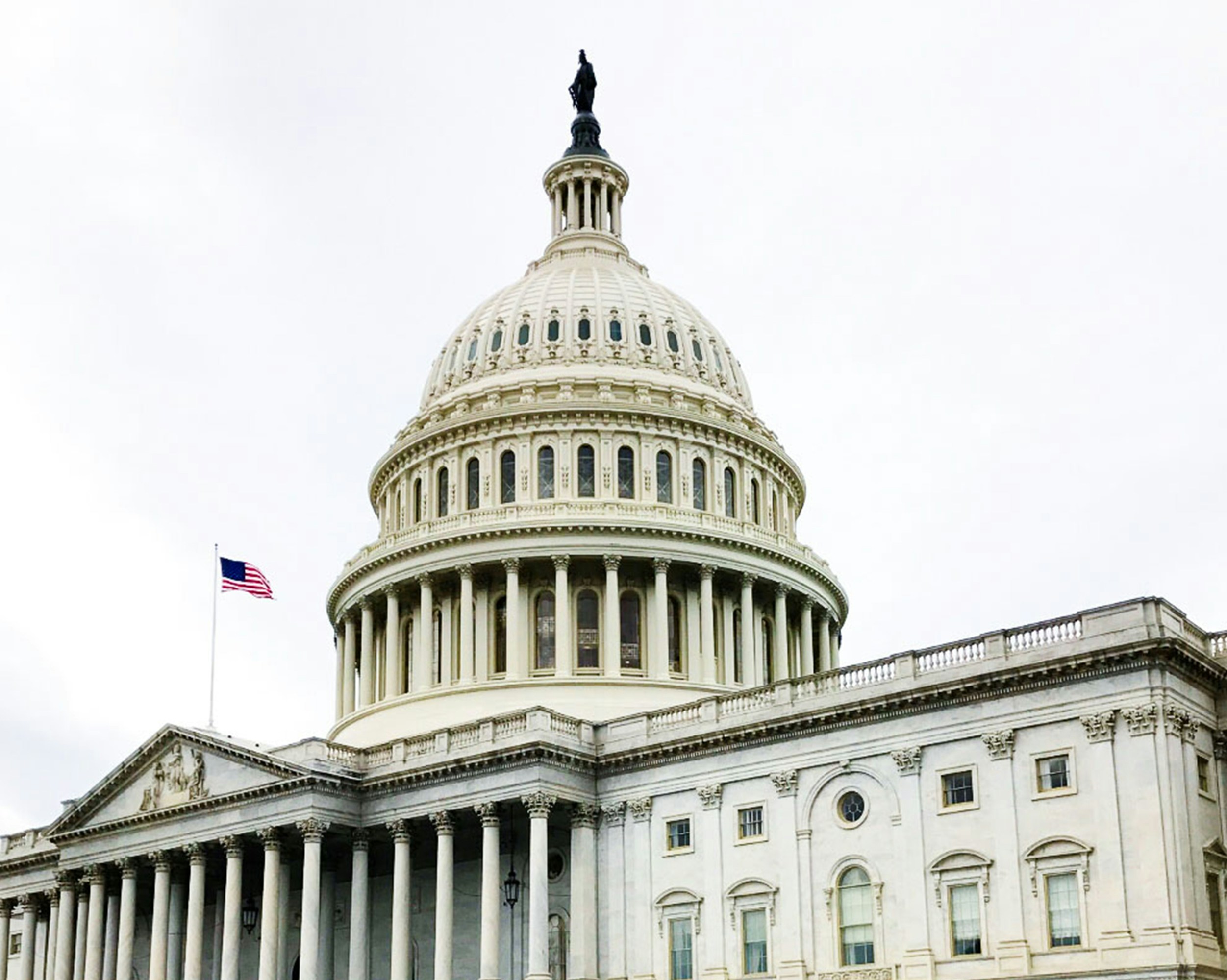
DOL working overtime on COVID-19 leave guidance
- Breaking News
Revised April 8, 2020
On April 3rd, the Department of Labor published 20 new Q&As on Emergency FMLA Leave and Emergency Paid Sick Leave.
On April 5th, they issued their “final” Temporary Rule, and on April 6th, they issued revised Q&As. Fortunately, most of the new guidance reinforces or clarifies the previous guidance. A few new items, however, are worth noting:
Rate of Leave Pay
The Temporary Rules provide that the “average regular rate” used to compute the pay for both Emergency FMLA and Emergency Sick Pay Leave is the regular rate over the previous six months as computed for purposes of the Fair Labor Standards Act. This means that you have to include not only the employee’s standard hourly rate, but commissions, tips, piece rate, and potentially some bonuses. And it also means that you have to compute each employee’s regular rate based on the six months preceding the start of leave.
No Doc, No Quarantine
We’ve received a lot of questions about handling the employee who wants to quarantine themselves out of a generalized fear of contracting COVID-19 or based on a self-diagnosis. The revised Q&As make clear that an employee cannot quarantine themselves without seeking medical advice:
“You may not take paid sick leave under the FFCRA if you unilaterally decide to self-quarantine for an illness without medical advice, even if you have COVID-19 symptoms.”
No Work, No Leave
The new Q&As make the point repeatedly that an employee cannot take leave when there is no work available for them to perform, even if the lack of work is because of a stay-at-home or shelter-in-place order. Their appropriate recourse is unemployment benefits.
On Worker’s Comp or Other Leave, No Emergency Leave
The new Q&A’s explain that an employee out on worker’s comp, temporary disability or some mandatory leave of absence is not eligible for the emergency leave benefits. If the employee is released to return to work and work is available, they would then become eligible for emergency leave if they meet one of the qualifying reasons. If the leave of absence is voluntary, and if the employee returns to work, they would then be eligible for the emergency leave.
School is Closed Even If Classes are Online
The Q&As clarify that the standard for school closure is the closure of the physical school facility. Even if the school is available for instruction on-line, the school is closed for purposes of the childcare leave requirements.
One Parent at Time
A new FAQ emphasized again that childcare leave can only be taken if no one else is available to care for a child whose school or day care is closed or whose childcare provider is no longer available.
“Generally, you do not need to take such leave if a coparent, co-guardian, or your usual childcare provider is available to provide the care your child needs.”
Documentation
In Monday’s revised Q&As, DOL abandoned its earlier guidance (Q&A Nos. 15 &16, for those of you following along at home) and adopted the IRS’s position on the documentation required to support both forms of leave. Importantly, note the last sentence which states that leave need not be provided if the required documentation is not submitted:
What records do I need to keep when my employee takes paid sick leave or expanded family and medical leave?
Regardless of whether you grant or deny a request for paid sick leave or expanded family and medical leave, you must document the following:
- The name of your employee requesting leave;
- The date(s) for which leave is requested;
- The reason for leave; and
- A statement from the employee that he or she is unable to work because of the reason.
If your employee requests leave because he or she is subject to a quarantine or isolation order or to care for an individual subject to such an order, you should additionally document the name of the government entity that issued the order. If your employee requests leave to self-quarantine based on the advice of a health care provider or to care for an individual who is self-quarantining based on such advice, you should additionally document the name of the health care provider who gave advice.
If your employee requests leave to care for his or her child whose school or place of care is closed, or child care provider is unavailable, you may must also document:
- The name of the child being cared for;
- The name of the school, place of care, or child care provider that has closed or become unavailable; and
- A statement from the employee that no other suitable person is available to care for the child.
Private sector employers that provide paid sick leave and expanded family and medical leave required by the FFCRA are eligible for reimbursement of the costs of that leave through refundable tax credits. If you intend to claim a tax credit under the FFCRA for your payment of the sick leave or expanded family and medical leave wages, you should retain appropriate documentation in your records.
You should consult Internal Revenue Service (IRS) applicable forms, instructions, and information for the procedures that must be followed to claim a tax credit, including any needed substantiation to be retained to support the credit. You are not required to provide leave if materials sufficient to support the applicable tax credit have not been provided.





